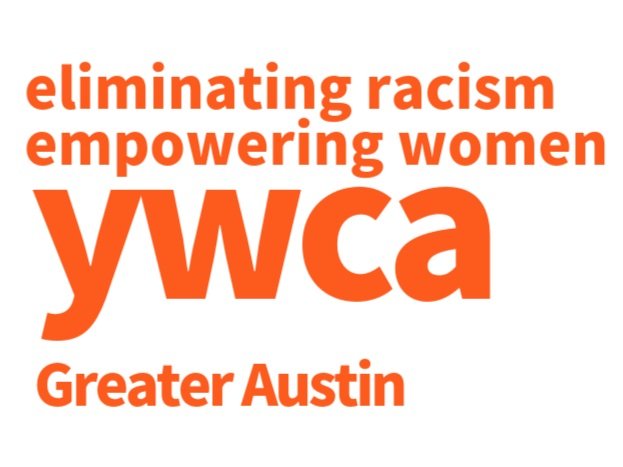Supporters
We are proud to partner with corporations, foundations, and organizations to help us further our mission of eliminating racism and empowering women. We welcome new sponsors and partners and look forward to finding ways to work together to keep women and children safe, provide opportunities for economic empowerment to all in our community, and stand up for social justice.
To get in touch about sponsorship and partnership opportunities, contact: Finance Director, Robin Roelofs via email: robinR@ywcaaustin.org.
We could not do our important work in the community without the support of our sponsors and partners.
YWCA Greater Austin Sponsors
H-E-B
H-E-B stands as a cornerstone in the Austin community, deeply invested in enriching the lives of its residents. Beyond being a renowned grocery retailer, H-E-B is a dedicated partner in community development. Through initiatives like its Excellence in Education program, H-E-B contributes $10 million annually to education-related efforts, recognizing and celebrating the outstanding contributions of Texas educators and institutions. The company is committed to promoting health and wellness, offering accessible and affordable fresh food options while actively participating in programs like Read 3, a literacy initiative aimed at fostering early childhood reading habits. H-E-B's impact extends to hunger prevention, disaster relief, and environmental conservation, showcasing a holistic approach to community support. With a commitment to diversity and inclusion, H-E-B sponsors events that celebrate the unique tapestry of the Austin community. As a steadfast ally, H-E-B goes beyond the role of a retailer, embodying a community partner dedicated to enhancing the quality of life for all those it serves in the vibrant city of Austin.
Dell
Dell, a global technology leader, plays a vital role in fostering community engagement and innovation in Austin. Beyond its prominence in the tech industry, Dell is deeply committed to making a positive impact locally. The company actively supports educational initiatives, providing resources and technology to schools through programs like Dell YouthConnect. Dell's commitment to sustainability is evident in its initiatives to reduce environmental impact, exemplified by its Circular Economy initiatives and efforts to advance a more sustainable future. Additionally, Dell engages with the Austin community through volunteerism and philanthropy, addressing critical needs and contributing to social welfare programs. As a major employer in the region, Dell not only provides economic opportunities but also actively participates in community-building projects, making it an integral part of Austin's dynamic and innovative landscape. Through its multifaceted approach to community involvement, Dell continues to exemplify corporate responsibility, contributing to the overall well-being and growth of the Austin community.
Univision
Univision, a prominent media company, stands as a cultural touchstone in the Austin community, connecting and empowering diverse audiences. With a deep commitment to reflecting the richness of the local Hispanic and Latinx culture, Univision Austin plays a vital role in fostering inclusivity and community engagement. Through its programming, Univision addresses issues relevant to the local community, providing a platform for diverse voices and stories. Beyond its media presence, Univision actively participates in community initiatives, supporting educational programs, cultural events, and social causes that uplift and empower Austin's Hispanic and Latinx residents. As a trusted source of news and entertainment, Univision remains dedicated to strengthening the fabric of the Austin community, celebrating its diversity, and contributing to its social and cultural vibrancy.




